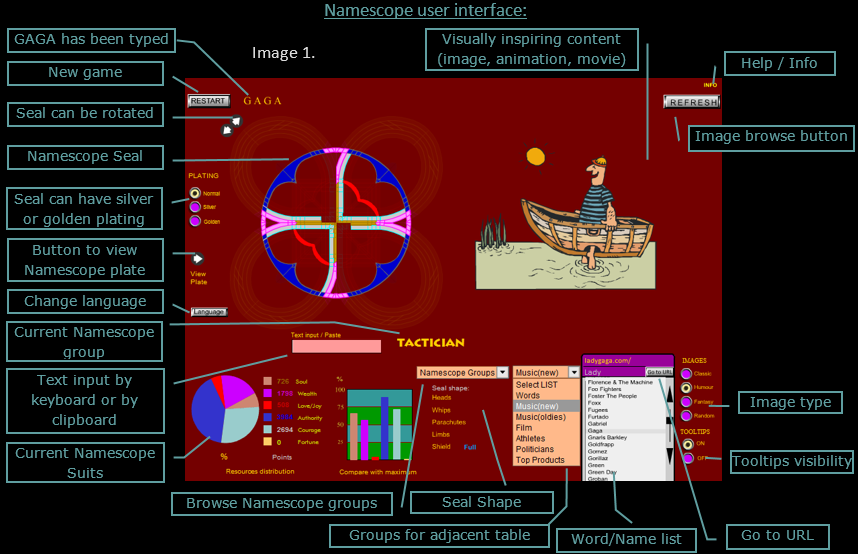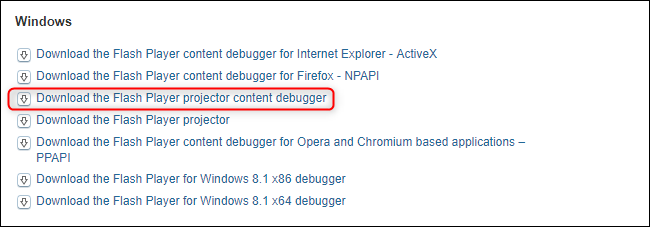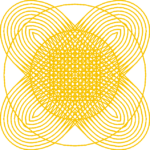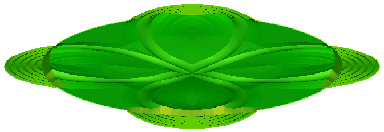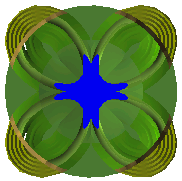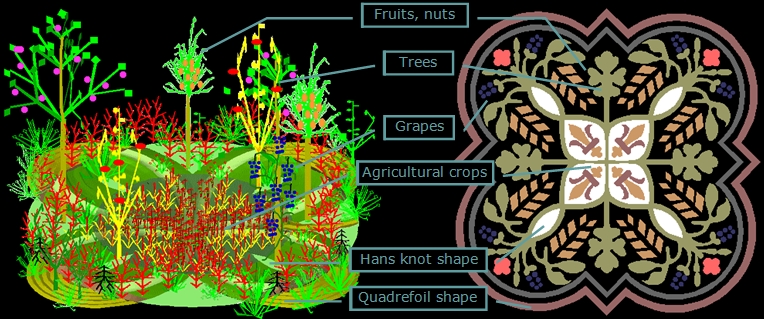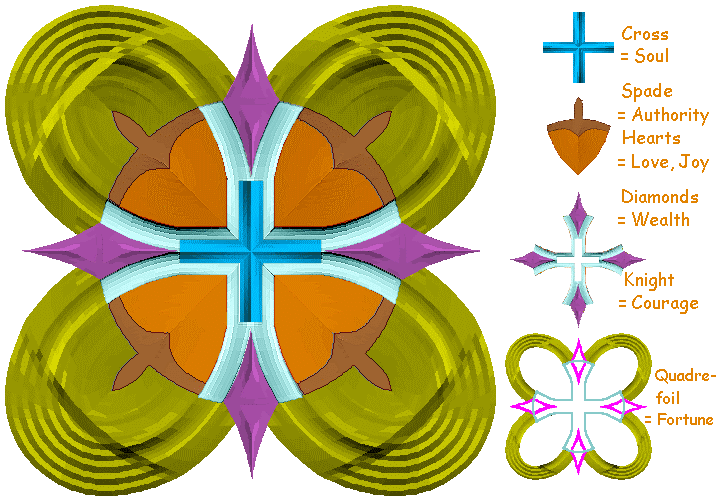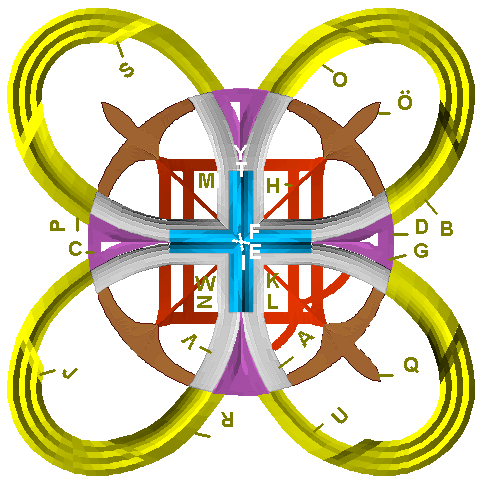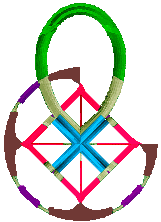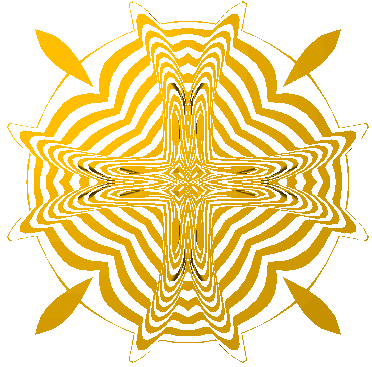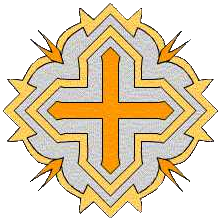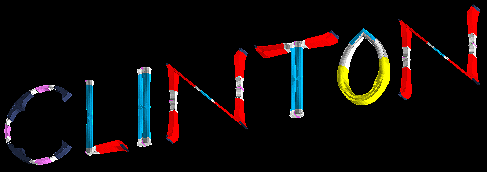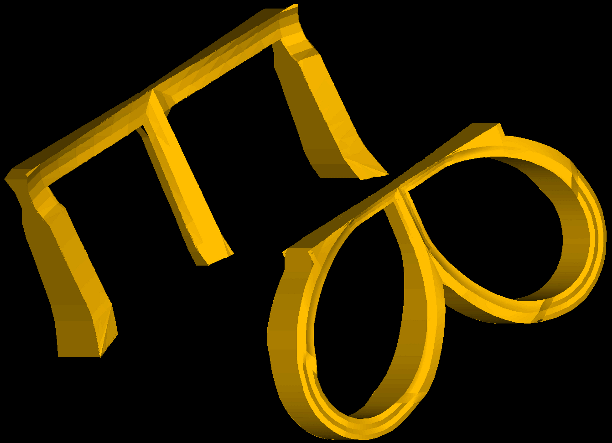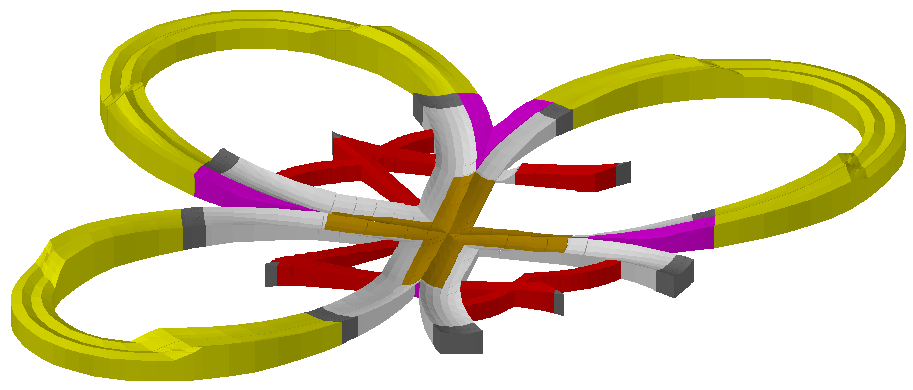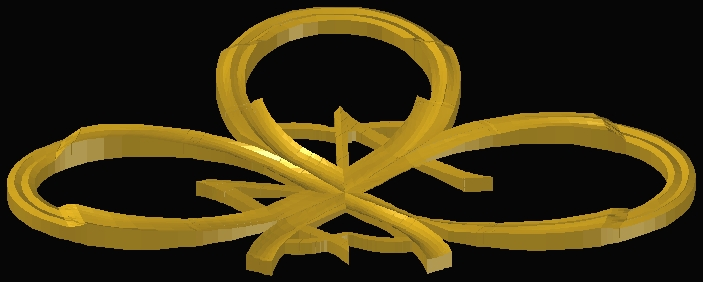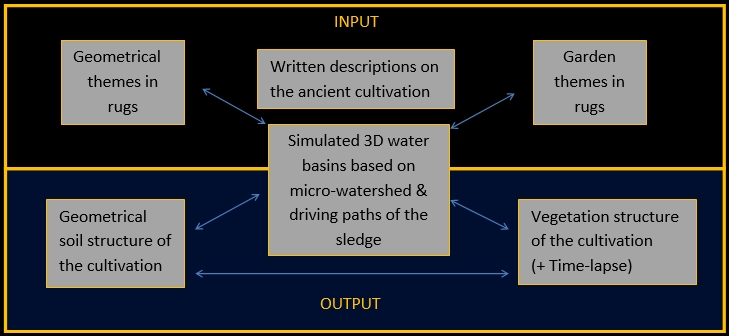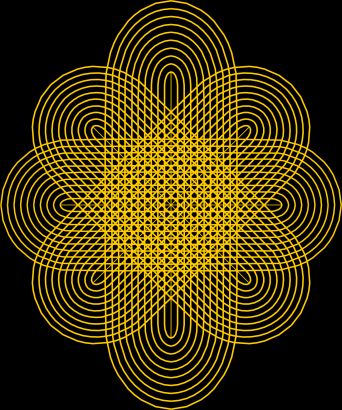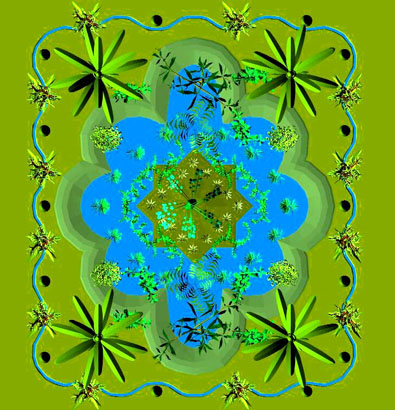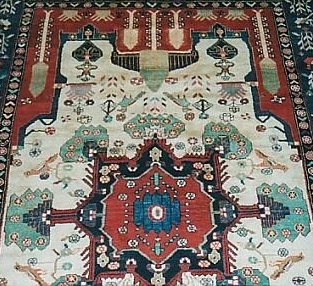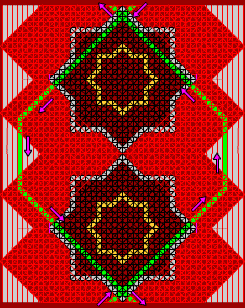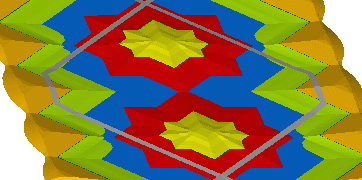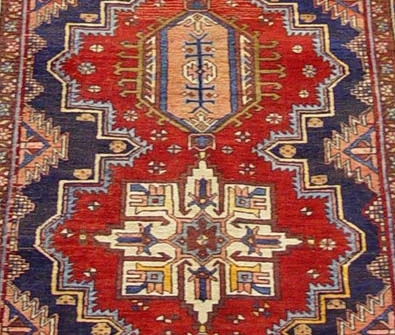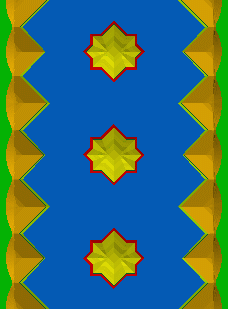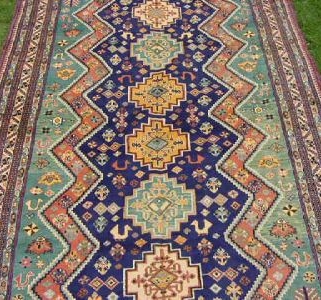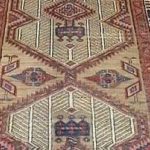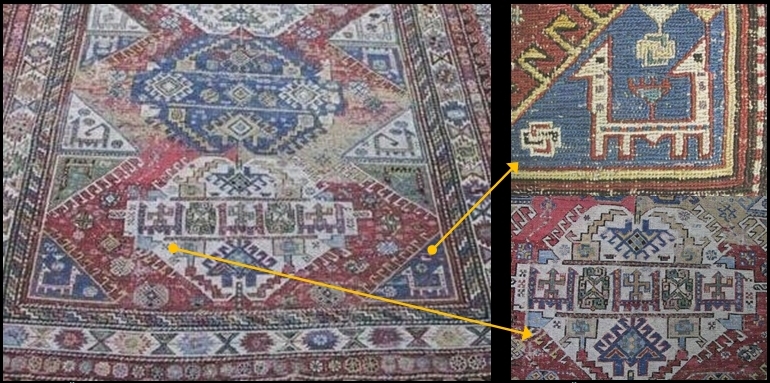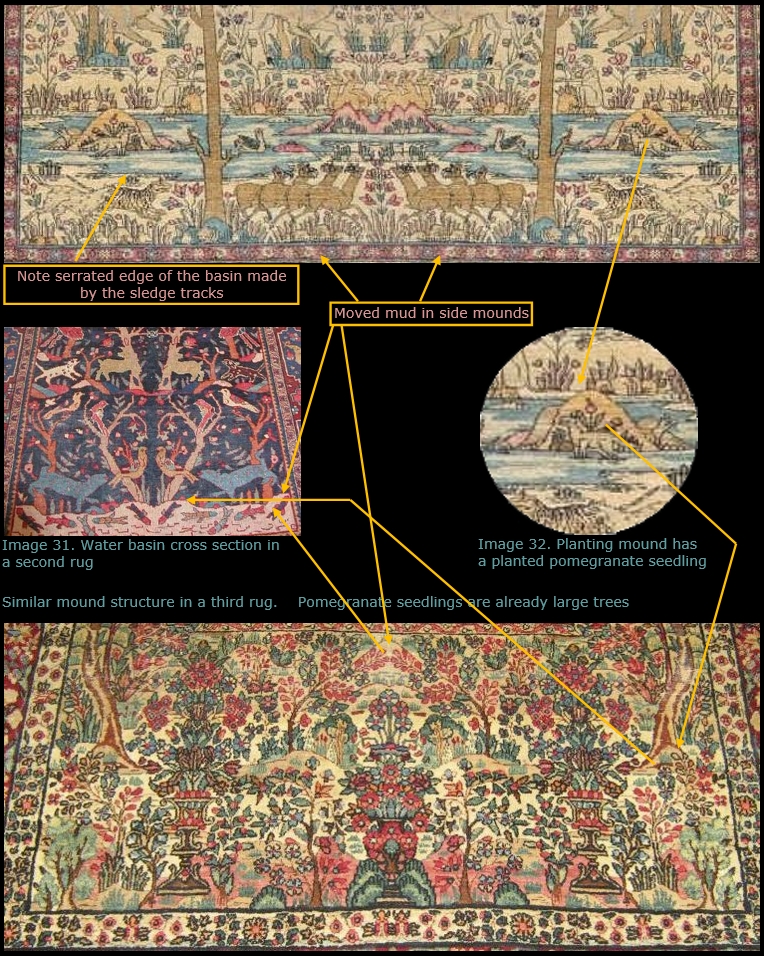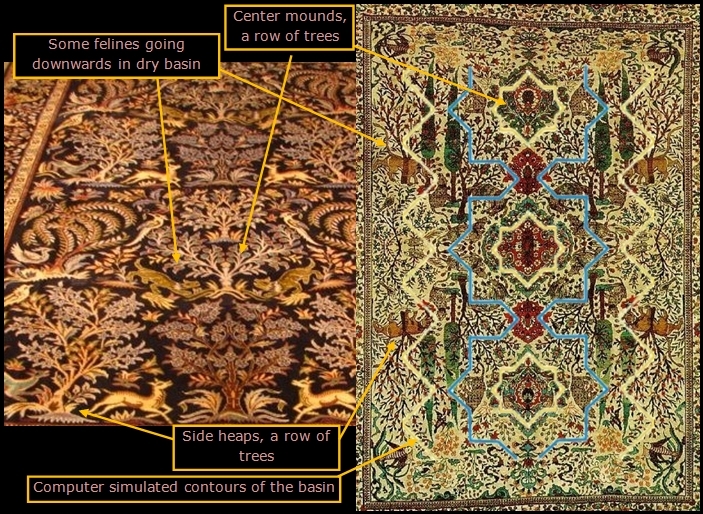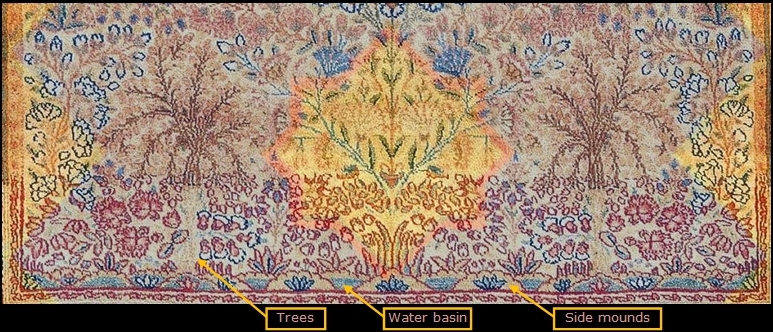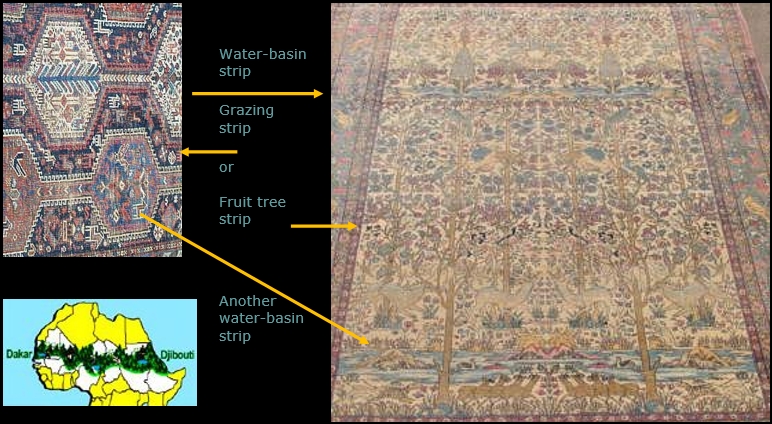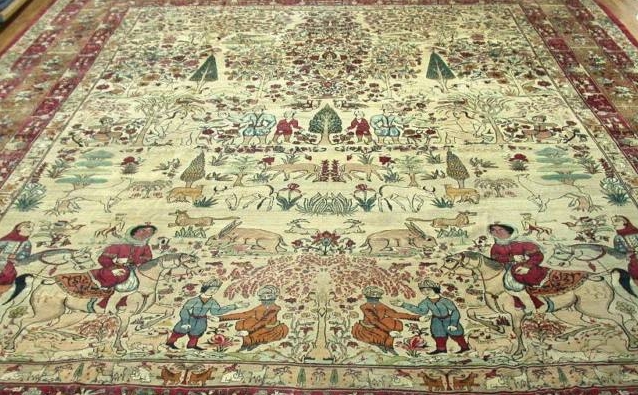
NC-game
Namescope – free oracle seal maker online
Namescope is a new Funpause Game and Brain Storming Tool (-; If you have some NAME or WORD in your mind, Namescope will turn it into an Oracle Seal. It shows how much it has Wealth, Love, Fortune, Courage, Authority, Soul. The game is a bit like a horoscope.
View game tutorial VIDEO. Seal making for GAGA, OBAMA, PUTIN, etc.
Unfortunately, web browsers do not play Flash files anymore. However, Adobe offers a hidden Flash Player download for Windows, Mac, and Linux. You can open an SWF file outside your browser. The following link tells how you play SWF files with Adobe standalone Flash Player. https://www.howtogeek.com/438141/how-to-play-adobe-flash-swf-files-outside-your-web-browser/
So, you need a standalone Flash Player projector. You can download it from Adobe. https://www.adobe.com/support/flashplayer/debug_downloads.html
|
|
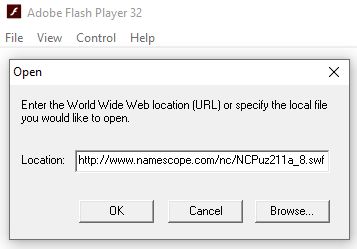 |
On Windows, you’ll have an EXE file that needs no installation. Just double-click it to run it. Then file OPEN … then write dialog box input: http://www.namescope.com/nc/NCPuz211a_8.swf … then push OK.
User interface
By PLAYER start Namescope Game (like in tutorial VIDEO. Then just type any WORD or NAME the generator converts it into Oracle Seal. Those can be used as personal logos, jewelry motifs, etc. Namescope seal maker also acts as a user interface to browse music- and movie stars, top products, etc.
Suits and Groups
Image 1 shows the user interface of the seal maker. Word GAGA has been typed. When you are typing, the game shows the current seal and suit contents. The existing Namescope Group (Tactician) is based on the shape of the Seal. The game contains 100 Namescope groups. The group (hero) is also illustrated in inspiring adventures (image, animation, movies). The Seal contains a maximum of six suits. Hearts (=love, joy), Cross (= soul), Diamonds (= wealth), Spade (= authority), Knight (= courage), Quatrefoil (= fortune). The amounts of each suit are presented in charts. Seal making can be played either be deeply thinking (suit content, group, etc.) or just pushing buttons and watching the humorous content. The seal maker can be used as a “Brainstorming/ training tool“. Type actual word in mind, eg. “dating”, the game has a humorous and inspiring approach to it. You can make Namescope Seals in several ways:
- Place the cursor on the text input field and use your keyboard to write. Press enter to execute.
- Place the cursor on the text input field and use the clipboard to paste. Press enter to execute.
- The easiest way to make seals is to select names from the list.
- You can also change the list type. (film, athletes, politicians, etc.)
- If you choose from the list e.g. GAGA, the game shows the seal + animation, and in addition, it shows the link to Gaga’s home page. There you can listen to music, view contents, etc.
- You can browse Namescope groups by using the drop-down list.
Just type any WORD or NAME the game engine converts it into Oracle Seal. We can distinguish around one hundred groups according to the seal shape: ELF – ABRACADABRA.
Comparison to horoscopes
| Criteria: | Horoscope | Namescope environtainment game |
| Genre: | Fun pause thrill (5-15min/session) | Fun pause thrill (5-15min/session) |
| History: | base: Middle East -2500–4000y ago | base: Middle East -2500–4000y ago |
| Base: | Space observing | Based on 3-D desert cultivation soil surface |
| Base specifier | Planet position, Time | NAME or WORD geometry. It is turned into an Oracle Seal and cut out from desert soil |
| Elements | Fire, Air, Earth, Water | Suits: Hearts(love, joy), Cross (soul), Diamonds (wealth), Spade (authority), Knight (courage), Quatrefoil (fortune) |
| Signs / Groups: | 12pcs. Based on the time of the year |
100 pcs Namescope Heroes based on the shape of the Oracle Seal |
| Entertainment content: |
written predictions |
Visual Content (image, animation, movie) Hero adventures |
|
Content designer: |
Hired fortunetellers |
In the future internet, the community can send movies to be attached to the game. Imagine YouTube inside a game! |
|
Content stability |
Last week’s predictions are outdated |
Accumulative visual content. Features of the figure become continuously more accurate In principle any entertaining content can be included in some group (100 groups in total) |
|
Utility aspect |
Speculative dreams |
Visual content promotes flashes of inspiration. Brain training/storming utility. The game creates a Seal (=Personal logo). Acts as an entertaining user interface to browse music- and movie stars, top products, etc. |
|
Jewelry potential: |
12 pcs +some variation |
Scope for thousands of jewelry layouts: Namescope Group Seals: (Abracadabra, Vampire, Elf) Nation Seals: (USA; Nippon, Italia…etc.) Celebrity, sports team, etc. merchandise: (Madonna, Gaga, Räikkönen, Ferrari…) Common First Names: (Laura, Obama…) Fancy Word Seals: (Rock & Jazz, I love you…) Classical jewelry element + Seal combinations =>” World´s largest jewelry collection” |
3 D Seals
The current Namescope game version shows Oracle seal in 2D. These kinds of 3D seals will be available in the near future. If the game is attached to an internet search engine (eg Google), it could provide a powerful “Brainstorming search“. 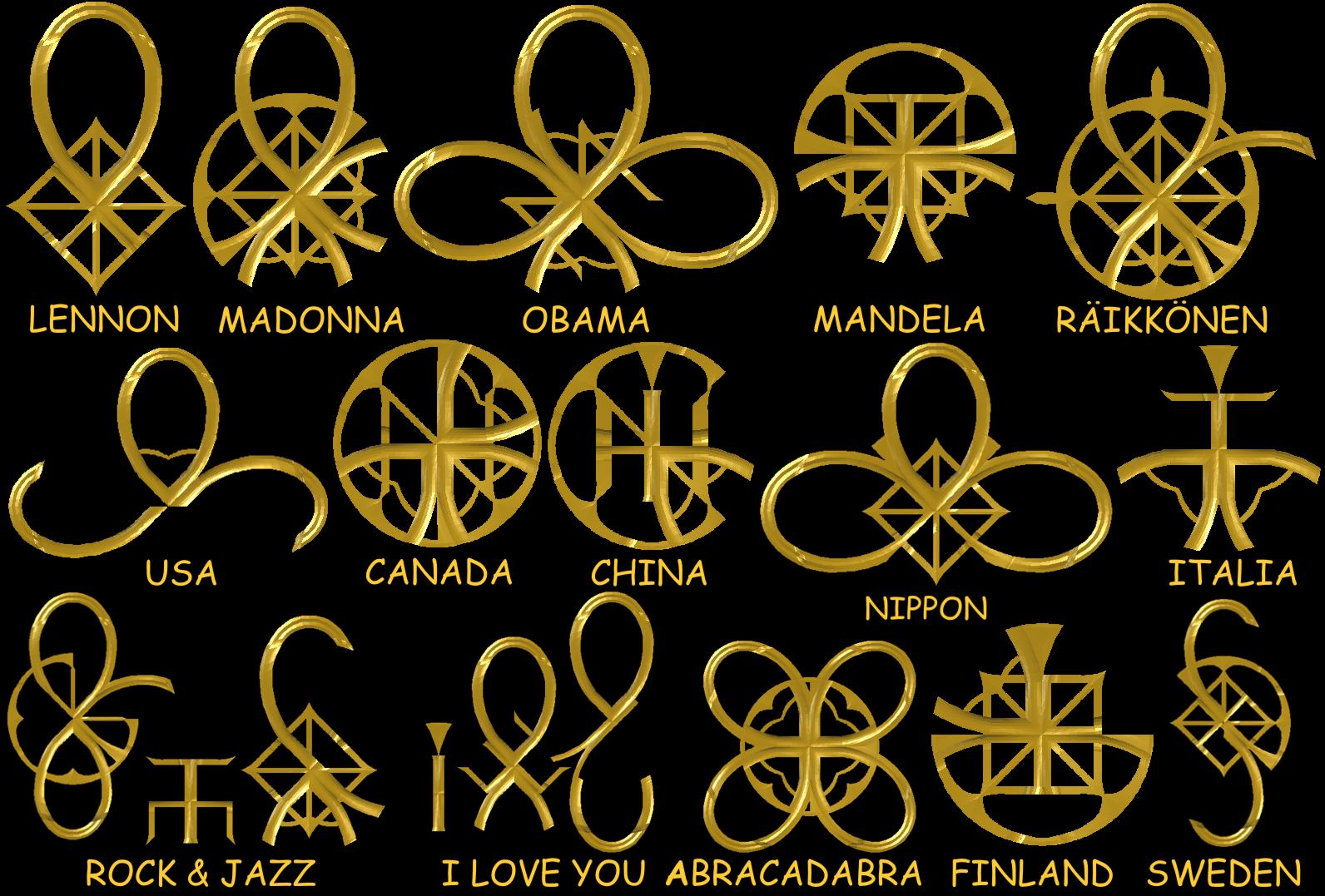 Image 2. Some Namescope 3 D Seals Next article:
Image 2. Some Namescope 3 D Seals Next article:
Next article: Gaming plate and fonts 
